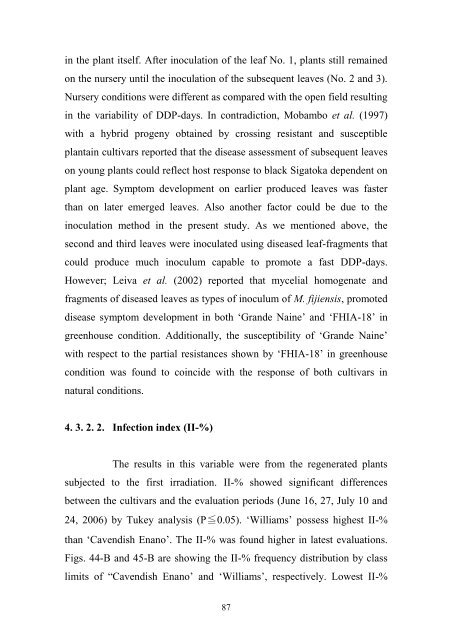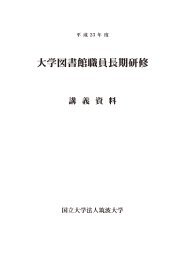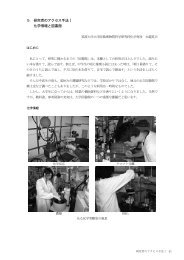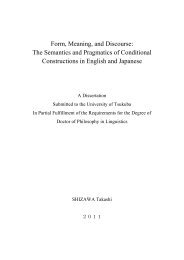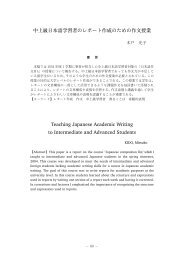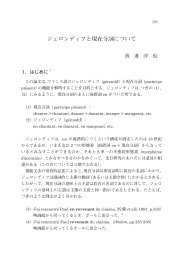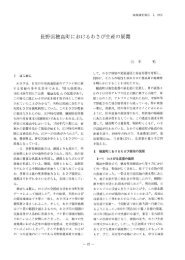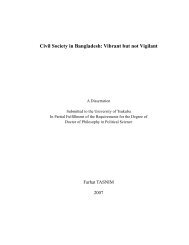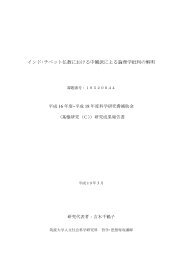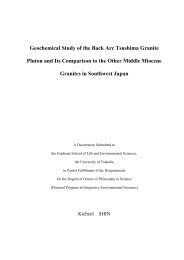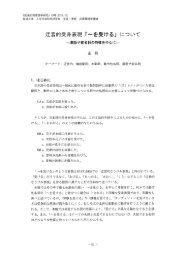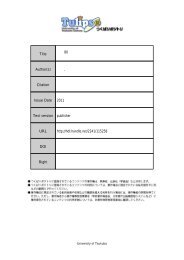Gamma Rays and CarbonIon-Beams Irradiation for Mutation ...
Gamma Rays and CarbonIon-Beams Irradiation for Mutation ...
Gamma Rays and CarbonIon-Beams Irradiation for Mutation ...
You also want an ePaper? Increase the reach of your titles
YUMPU automatically turns print PDFs into web optimized ePapers that Google loves.
in the plant itself. After inoculation of the leaf No. 1, plants still remained<br />
on the nursery until the inoculation of the subsequent leaves (No. 2 <strong>and</strong> 3).<br />
Nursery conditions were different as compared with the open field resulting<br />
in the variability of DDP-days. In contradiction, Mobambo et al. (1997)<br />
with a hybrid progeny obtained by crossing resistant <strong>and</strong> susceptible<br />
plantain cultivars reported that the disease assessment of subsequent leaves<br />
on young plants could reflect host response to black Sigatoka dependent on<br />
plant age. Symptom development on earlier produced leaves was faster<br />
than on later emerged leaves. Also another factor could be due to the<br />
inoculation method in the present study. As we mentioned above, the<br />
second <strong>and</strong> third leaves were inoculated using diseased leaf-fragments that<br />
could produce much inoculum capable to promote a fast DDP-days.<br />
However; Leiva et al. (2002) reported that mycelial homogenate <strong>and</strong><br />
fragments of diseased leaves as types of inoculum of M. fijiensis, promoted<br />
disease symptom development in both ‘Gr<strong>and</strong>e Naine’ <strong>and</strong> ‘FHIA-18’ in<br />
greenhouse condition. Additionally, the susceptibility of ‘Gr<strong>and</strong>e Naine’<br />
with respect to the partial resistances shown by ‘FHIA-18’ in greenhouse<br />
condition was found to coincide with the response of both cultivars in<br />
natural conditions.<br />
4. 3. 2. 2. Infection index (II-%)<br />
The results in this variable were from the regenerated plants<br />
subjected to the first irradiation. II-% showed significant differences<br />
between the cultivars <strong>and</strong> the evaluation periods (June 16, 27, July 10 <strong>and</strong><br />
24, 2006) by Tukey analysis (P≦0.05). ‘Williams’ possess highest II-%<br />
than ‘Cavendish Enano’. The II-% was found higher in latest evaluations.<br />
Figs. 44-B <strong>and</strong> 45-B are showing the II-% frequency distribution by class<br />
limits of “Cavendish Enano’ <strong>and</strong> ‘Williams’, respectively. Lowest II-%<br />
87


